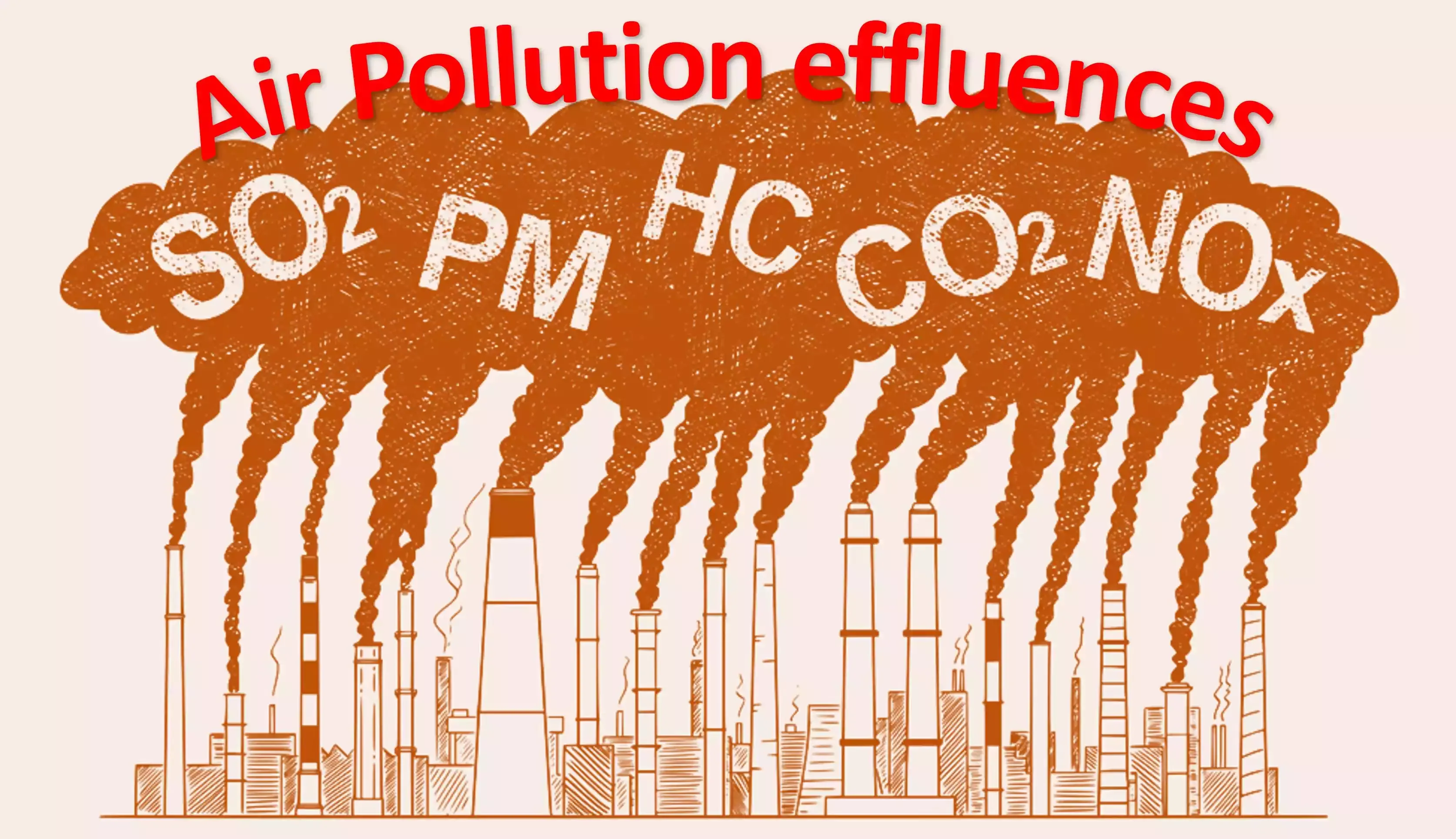Air Quality Monitoring Procedure, Those activities that have the potential to affect local air quality and cause environmental nuisance to local resid
Those activities that have the potential to affect local air quality and cause environmental nuisance to local residential and surrounding areas must be identified. Project Management must adopt appropriate control measures to mitigate these impacts. Dust, emissions and odors can adversely affect air quality.
 Legislation applicable to a site must be evaluated; this activity should be done well in advance of work starting on site. This evaluation should also include project specific requirements such as permit conditions and client specifications. This action will identify any specific requirements that can be incorporated into the design of the facility and the Environmental Management procedure for construction activities on the site.
Legislation applicable to a site must be evaluated; this activity should be done well in advance of work starting on site. This evaluation should also include project specific requirements such as permit conditions and client specifications. This action will identify any specific requirements that can be incorporated into the design of the facility and the Environmental Management procedure for construction activities on the site.
Possible Risks on site is dusty emissions escaping the site may cause nuisance through surface impact, loss of visual amenity through deposition, and effects on flora and fauna. The most prominent cause for concern to the surrounding land users is likely to be dust and may arise from activities such as:
 Mitigation Measures, Organization Team / Partners are specifically required to implement pollution prevention measures, based on the potential risk identified in above. Typical mitigation measures based on the potential risks must be identified. Some examples of typical mitigation measures are provided below:
Mitigation Measures, Organization Team / Partners are specifically required to implement pollution prevention measures, based on the potential risk identified in above. Typical mitigation measures based on the potential risks must be identified. Some examples of typical mitigation measures are provided below:

Possible Risks on site is dusty emissions escaping the site may cause nuisance through surface impact, loss of visual amenity through deposition, and effects on flora and fauna. The most prominent cause for concern to the surrounding land users is likely to be dust and may arise from activities such as:
- Demolition
- Site preparation
- Excavation
- Earth movements
- Air pollution from poorly maintained vehicles and equipment
- Poorly maintained unpaved roads

- Since it is difficult to suppress dust once it is airborne, it is preferable to prevent dust from being generated in the first place, where possible
- Control measures and dust suppression techniques are to be implemented in order to protect the health of site workers and the general public, and to comply with occupational exposure standards
- Control measures and dust suppression techniques are to be implemented in order to protect the health of site workers and the general public, and to comply with occupational exposure standards
- Plan, locate, and control all possible work-site activities that have the potential to generate dust or smoke so that nearby sensitive receptors are not adversely affected
- Consider additional protection measures such as screening and covering and implement as appropriate
- Enclosed chutes will be used for dropping to ground level demolition materials that have the potential to cause dust
- Any crushing equipment required will be kept away from sensitive areas
- During earthworks and excavations, the site will be kept damp during dry weather and will be sealed, or completed as soon as possible
- If needed, an appropriate wheel washing facility will be maintained at site to minimize and reduce the risk of dust emissions and deposition of material on the public roads. This facility will operate for the duration of the construction works as deemed necessary to control dust emissions and nuisance
- All Partners and employees will be informed during orientation and further training about the need to minimize dust emissions to neighboring property and residents and of the health hazards associated with exposure to emissions
- All equipment and vehicles will be maintained in good repair and conform to the relevant legislative requirements and emission standards. Mitigation measures could include low-sulfur fuels, soot filters, and catalytic emission controls as specified by project-specific requirements. The use of vehicles and equipment that fails to meet emission limits will not be permitted until such time as they have been serviced and re-tested. The site management team will maintain records of equipment maintenance and defect reports
- Vehicle exhausts shall be directed vertically upwards where possible and directed away from the ground at minimum. Stationery equipment shall be sited as far from inhabited buildings as possible
- Wherever possible, vehicles and equipment shall not be left running for long periods when not directly in use. Where appropriate, electrically powered equipment shall be used instead of gasoline or diesel powered equipment
- Stationery equipment shall be located as far from sensitive receptors and inhabited buildings as is reasonably practical
- Vehicles transporting materials, capable of generating dust, to and from site shall be suitably covered on each journey to prevent release of materials and particulate matter. The sheeting material will be maintained in good order, free from excessive rips and tear
- Speed limits on unpaved surfaces will be set to minimize dust generation where practicable. In populated areas, maximum speed limits will be set to minimize exposure
- Unfinished roads will be routinely dampened especially during dry periods and according to weather conditions
- Where haul routes run over materials with a high dust raising potential that cannot be satisfactorily controlled by watering or other methods, temporary surfacing will be considered by the site management
- Burning of wastes or unwanted materials will not be permitted on site
- All hazardous materials including chemicals, paints, cleaning agents, solvents and solvent containing products will be properly sealed in containers at the end of each day by the Partner prior to storage in appropriately protected and dike storage areas
- Where it is necessary to utilize soil stockpiles, stockpiles will be kept to the minimum practicable and gentle slopes will be used. They will be kept out of the wind if possible and if necessary compacted and the surface will be covered
- Materials will be stored away from the site boundary and downwind of sensitive receptors
- Large quantities of concrete will be mixed in enclosed / shielded areas. Where necessary, vacuum will be used in preference to blowing to remove dirt prior to concrete pours
- Dust extractors will be used to minimize dust from cutters and saws as necessary

If monitoring is required, the type and method should be documented. It is important that the monitoring is undertaken upstream and downstream of the field execution activities to allow the impact to be properly assessed. It is preferable to establish baseline monitoring during the same seasons prior to the start of field execution work, if problems are envisaged.

The Project Management Team will maintain records of equipment maintenance and defect reports.








 M. Rizka Anugrah
M. Rizka Anugrah Rani Annisa Royani
Rani Annisa Royani